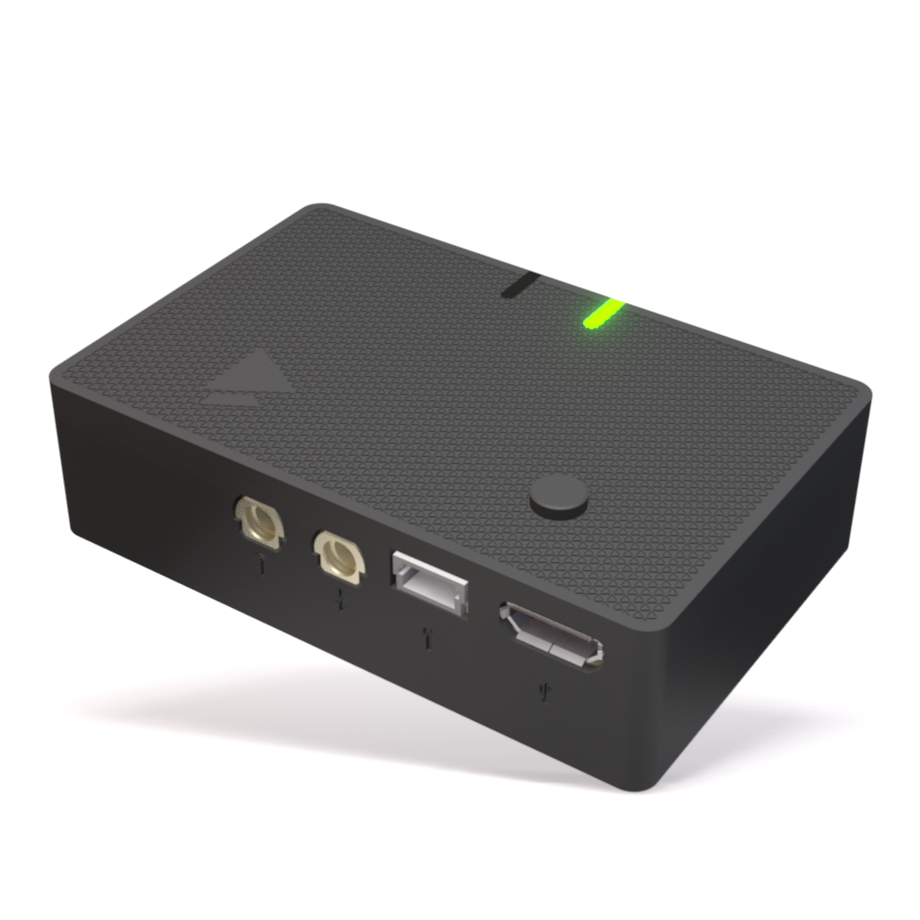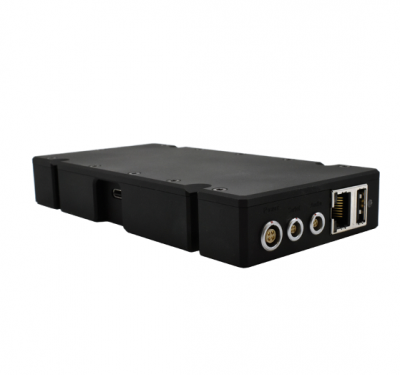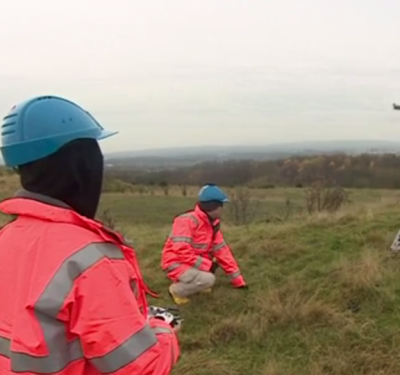
Dronetag Mini
Dronetag has released a low-power drone-tracking solution that can be attached to any drone, according to the company, to promote flight safety and compliance with new European regulations. The Dronetag Mini is based on Nordic Semiconductor’s nRF9160 with GNSS and Bluetooth, providing dual cellular IoT and Bluetooth LE wireless connectivity for reporting the exact position and identification of drones in flight. With the capability to monitor a fleet of drones, the Dronetag Mini can support a range of potential drone applications, for example, delivery services requiring multiple concurrent trips, or drone shows and drone fleets where multiple drones are sharing the same airspace at the same time.
The nRF9160 is a compact, highly integrated system-in-package (SiP) that makes the latest low-power long-term evolution (LTE) technology and advanced processing and security accessible, and easy to use, for a wide range of single device low-power cellular IoT (cIoT) designs. A GNSS receiver supporting GPS L1 C/A and QZSS L1 C/Amis integrated into the radio offers various modes of operation to suit a wide selection of applications that employ location-tracking functionality. The nRF9160 SiP also supports different cellular-based location features for several use cases.
The nRF9160 is a compact, complete and energy-efficient cIoT solution incorporating an Arm Cortex-M33 application processor supported by 1 MB of flash and 256 KB RAM making advanced application development possible in a single device; a full LTE modem; RF Front End (RFFE); and power management system. The integrated modem supports both LTE-M and narrowband (NB)-IoT and can operate globally removing any need for regional variants. The modem firmware is upgradable via secure, encrypted Firmware Over The Air (FOTA) updates.
The 54 x 35 x 15 mm Dronetag Mini weighs 30g, and can be unobtrusively attached to drones of any size. In flight, the device employs GNSS signals to determine the exact position of the drone and relays that data to the Dronetag web app via the Cloud using cellular connectivity. This ensures the drone and its flight plan is visible both to airspace authorities and other pilots, and enables the user to track the drone in near-real time. Alternatively the data can be transmitted to the Dronetag smartphone app on a user’s Bluetooth 4.0 (and later) smartphone.
Dronetag Mini has a broadcasting range of up to 1.5 km to the user’s smartphone. In addition to the drone’s position, it reports the drone’s speed and atmospheric pressure data using integrated accelerometer and barometer sensors, as well as the device’s battery level and LTE-M signal strength, and operator identification information.
Dronetag is headquartered in Prague, the Czech Republic. Nordic Semiconductor is based in Trondheim, Norway.






